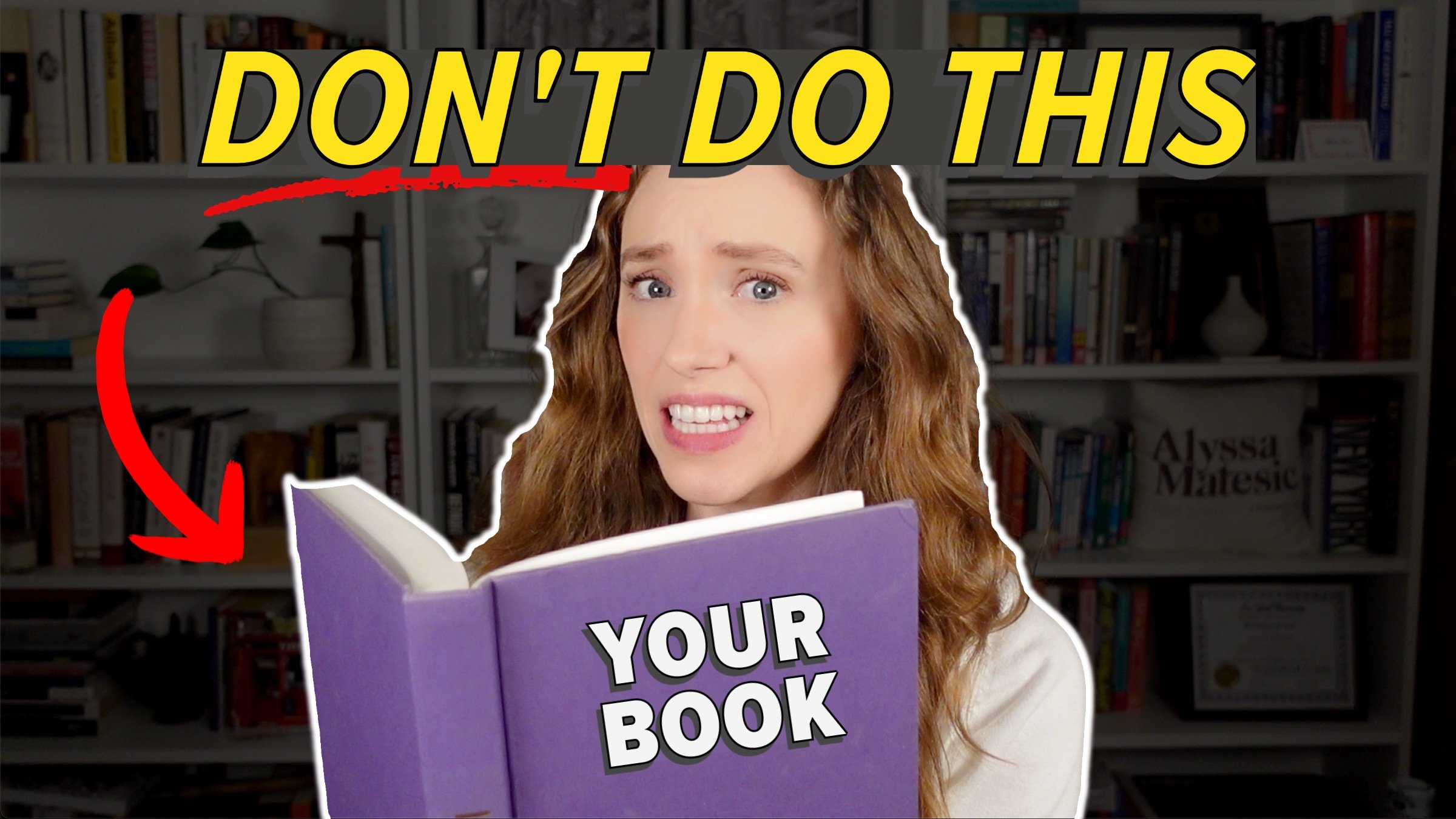How to Choose a POV for Your Novel: 4 Factors to Consider
HIT PLAY OR READ THE POST BELOW:
Choosing a point of view (POV) has major ramifications for the structure of your story and the reader's experience of it. Many authors are stumped when it comes to choosing between first person, close third person, or omniscient narration, and it can be hard to determine which one will suit your story best.
Here are the primary types of POV for novels and the four key factors to consider when you are choosing between them.
Types of Novel POV
First person: First person POV means that the narrative is written in the main character’s direct voice, using "I" statements. You could have a single first-person POV, or multiple first-person POVs.
Close third person: In close third person, or limited third person, you're not writing in the character's specific voice, but you are still writing from their perspective. This means the narrative is still contained to what that character knows. Like first person, you could have a single close third-person POV or multiple POVs.
Omniscient: This is where the narrator has an all-knowing, bird's-eye perspective on the story. But one word of caution with omniscient narration: it can be difficult to execute well and is often confused with head-hopping. Writers can think that they are writing an omniscient narration when they are actually head-hopping, which is typically something you want to avoid in your story.
I’m not going to talk about second person POV in terms of works of fiction, even though it can be used, just because it's the least common. While there are certainly examples of second person working well, it tends to be a challenge for longer-form fiction.
Keep in mind that as you are developing your career, you're not limited to writing just in first person or just in third person. Plenty of authors mix and match POVs according to whatever story they're telling and what suits it best.
There are also certainly some novels that incorporate storylines written in first person, as well as storylines written in third person. But if you want to go this route, I recommend making sure that the different POVs are justified because otherwise, it can be disorienting to hop between first person and third person within a singular text.
How to Choose a POV for Your Novel
Now that we know the three main types of POVs you can choose for your story, let's talk about the four factors to consider to decide between them.
1. Narrative Intimacy
Consider how close you want the reader to be to your narrator or POV character. First person POV tends to be the most intimate because we are experiencing the story directly through the protagonist's eyes, and we have direct access to their stream of thoughts and reactions to all the events of the story. First person immediately creates a connection between the narrator and the reader.
Close third person puts a little bit more distance between the reader and the POV character. No longer are you inhabiting their exact voice, but we are still seeing the events of the story through that character's perspective. We should still have deep access to their interiority, though we may not be hearing their direct stream of consciousness in the same way.
Omniscient narration creates the most distance between the reader and the characters because we are seeing everything through the narrator's eyes. They are mediating the story for us.
2. Voice
The next factor to consider about how to choose a POV for your novel is voice. In first person, you are adopting your main character's voice and writing in it as if you are them. This allows you to convey your character's unique personality and worldview through their language choices, and you can play with style quite a bit. This can create a really immersive and engaging experience where we feel so connected to the main character.
But first person can also backfire if readers don't connect with your narrator's voice for whatever reason or if they find it annoying. Also, as an author, depending on how your narrator's voice pans out, it could be a challenge for you to consistently write in their voice. It might be exhausting or stifling if it doesn't come naturally to you to write in that voice.
In fact, I just worked with an author who was writing a first-person novel and then wanted to incorporate a second first-person narrator showing another character's point of view, but they really struggled to adopt the second narrator's voice. So, they ended up changing the entire novel to close third person. Now they have a storyline following the original character in close third person, and they added a second character in close third person, which allowed them to incorporate their perspective but didn't require them to adopt that character's voice.
That brings me to close third person. Because you have that little bit of distance between the reader and the POV character, you can use a more neutral tone.
In omniscient narration, I'd argue that voice becomes quite important again, because for a strong, compelling omniscient narration, we need a sense of the narrator's voice and influence over the story.
3. Information Delivery
The POV that you choose has a direct impact on how you create suspense and tension in your story because it affects what information the POV character (or characters), and therefore the reader, has access to at any given moment.
In first person or close third person, our knowledge of events is limited to the POV character's knowledge. That means that when they're surprised by information, we're also surprised. Within close third person or first person, you can play with having multiple characters' points of view included where one character is aware of something that another character isn't yet, and that creates tension and suspense.
In omniscient narration, you have full control over the delivery of information because the narrator is all-knowing. They not only have access to what's in every character's head but also information the characters themselves don't even know. So, you have a lot of freedom to deliver information in various ways.
4. Genre
The final factor to consider when choosing POV is the genre. Some genres naturally lend themselves to one POV or another. For instance, memoir is expected to be written in first person, and a lot of YA novels are written in first person. By contrast, epic fantasy or sci-fi novels are often written in third person.
The majority of fiction genres, though, can be written in any POV that you choose. It's all about making sure that your POV matches what you are trying to achieve in your story.
I hope this helped you determine how to choose a POV for your novel and which POV might be best for your story. Thank you so much for reading, and happy writing!






